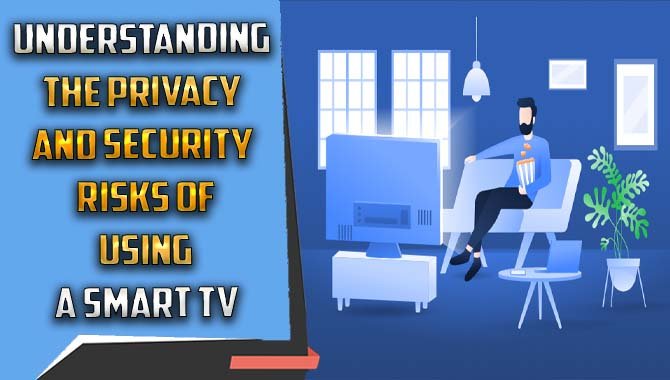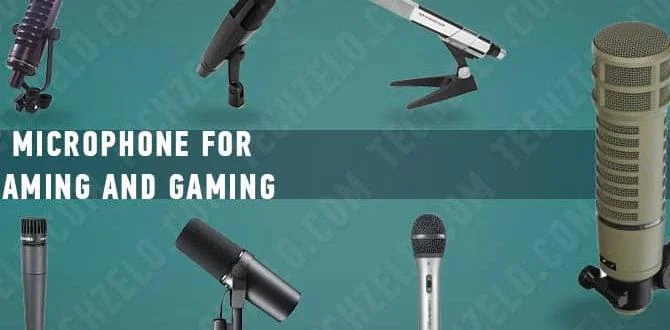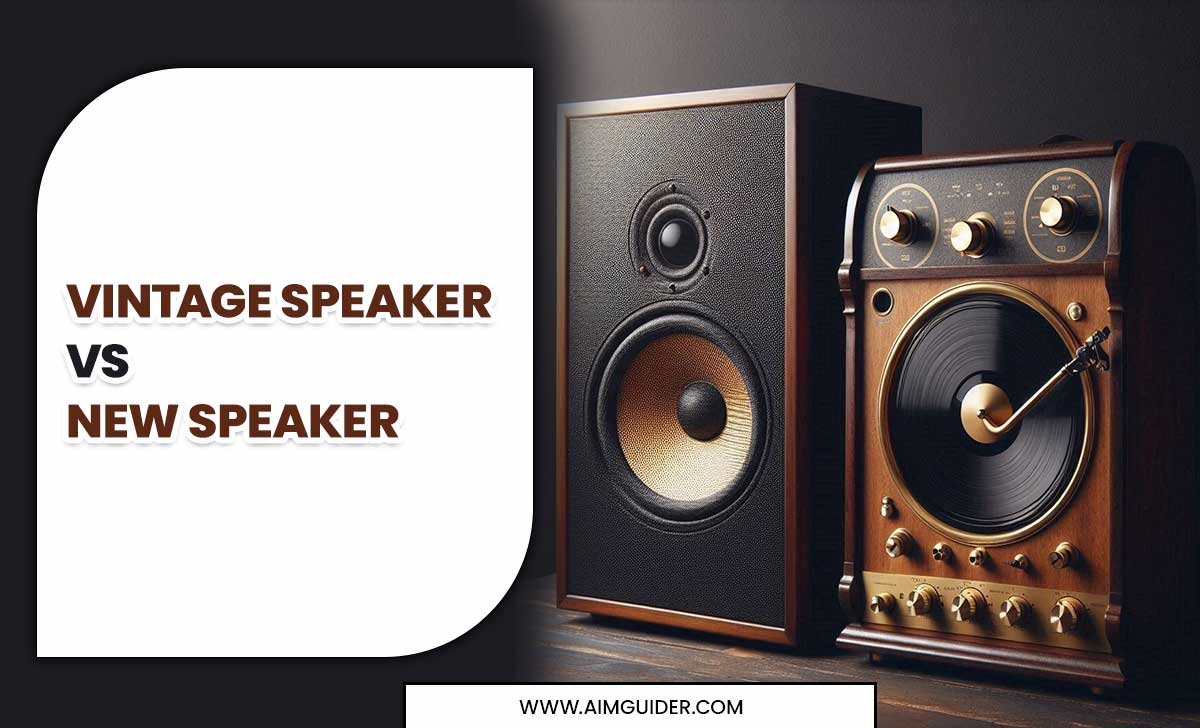For live singing, a Bluetooth microphone offers wireless freedom and easy setup, connecting directly to speakers or devices without cables. Choose models designed for performance with low latency, good sound quality, and reliable connectivity for an enjoyable experience.
Ever dreamed of serenading a crowd or just jamming with friends without being tied down by wires? Singing live with a Bluetooth microphone can make that a reality! Many people think Bluetooth is just for headphones or speakers, but it’s increasingly becoming a fantastic option for performers and karaoke enthusiasts. Getting set up can seem a little tricky at first, especially if you’re new to the tech. But don’t worry, we’re here to break it all down. This guide will walk you through everything you need to know to get the best sound for your live singing using a Bluetooth microphone. Let’s make some noise!
Why Choose a Bluetooth Microphone for Live Singing?
Traditional microphones often involve a tangle of cables connecting them to mixers, amplifiers, or speakers. While reliable, this setup can limit your movement and be a hassle to set up. Bluetooth microphones change the game by offering a wireless experience right out of the box. They connect directly to compatible devices, giving you the freedom to move around the stage or room without tripping hazards or restricted motion. This makes them perfect for small gigs, parties, street performances, or even just practicing at home with more flexibility.
The convenience factor is huge. You can often pair a Bluetooth microphone with a portable speaker, a smartphone or tablet for backing tracks, or even a computer for recording. This simplicity appeals to beginners who want to start singing live without investing in complex audio equipment. Plus, many modern Bluetooth microphones are designed with decent sound quality and lower latency (the delay between speaking/singing and hearing it) than older wireless systems, making them more viable for live performance than you might think.
Understanding Bluetooth Connectivity for Audio
Bluetooth technology sends audio signals wirelessly over short distances. For microphones, this means the microphone itself has a transmitter that sends your voice to a receiver, which is usually built into the speaker or connected device. Think of it like a walkie-talkie for your voice, but much more advanced and with better sound quality.
When you’re choosing a Bluetooth microphone for singing live, a few technical terms might pop up that are important to understand:
- Latency: This is the time delay between when you sing into the microphone and when you hear the sound from the speaker. For live singing, low latency is crucial. If there’s a noticeable delay, it can throw off your performance as your voice won’t feel in sync with any music or the audience. Professional audio setups strive for near-zero latency, but for many casual live singing situations, a few milliseconds are acceptable.
- Bluetooth Version: Newer Bluetooth versions (like 5.0 and above) generally offer better range, faster connection speeds, more stable connections, and sometimes lower latency compared to older versions.
- Codec Support: Bluetooth audio codecs are like languages that transmit audio. Some codecs are better at preserving sound quality and reducing latency. For example, aptX Low Latency is a codec specifically designed for audio-visual applications with minimal delay.
- Pairing: This is the process of connecting your Bluetooth microphone to your receiving device (like a speaker or phone) for the first time. It’s usually a straightforward process of putting both devices into pairing mode and selecting each other from a list.
Key Features to Look for in a Bluetooth Microphone for Singing Live
Not all Bluetooth microphones are created equal, especially when it comes to singing live. Here’s what to prioritize:
1. Sound Quality
This is paramount! Even with wireless convenience, if your voice doesn’t sound clear and full, it defeats the purpose. Look for microphones that are specifically designed to capture vocals well. Some microphones offer different polar patterns (how the mic picks up sound from different directions), but for most live singing, a cardioid pattern (which picks up sound from the front) is best to minimize background noise. Many higher-quality Bluetooth microphones will also indicate if they use advanced audio processing to enhance vocal clarity.
2. Low Latency
As discussed, latency is the enemy of live performance. While true wireless microphones can have some latency, many modern options are optimized for reduced delay. Some manufacturers will explicitly state the latency of their microphones. If possible, check reviews that specifically mention latency performance for singing or spoken word.
3. Reliability and Range
You don’t want your microphone cutting out in the middle of a song. Ensure the microphone has a stable Bluetooth connection and a decent range. This often correlates with the Bluetooth version and the quality of the internal antenna. Consider where you’ll be performing – a small room needs less range than an outdoor event.
4. Battery Life
For longer performances or sessions, good battery life is a must. Check the advertised play/talk time on a full charge. Some microphones have rechargeable batteries, while others might use AA or AAA batteries, which can be handy for quick replacements.
5. Connectivity Options
While you’re interested in Bluetooth, some microphones offer additional connectivity. This could include a 3.5mm aux-in or line-in port to connect to non-Bluetooth devices, or even multiple Bluetooth connection capabilities to connect to two devices simultaneously (e.g., a speaker and a phone for music). Some might also have a USB port for charging or even direct wired connection.
6. Durability and Build Quality
If you plan to use your microphone for frequent performances, especially on the go, it should be built to withstand some wear and tear. Look for sturdy materials and a comfortable grip.
7. Ease of Use
For beginners, simplicity is key. The microphone should be easy to pair, operate, and integrate with your existing sound setup. Clear controls for volume and power are a big plus.
Types of Bluetooth Microphones for Live Singing
When you start looking, you’ll find a few main types of Bluetooth microphones suitable for live singing:
a) Handheld Bluetooth Microphones
These are the most traditional form factor. They look and feel like standard microphones but have built-in Bluetooth transmitters. They are often designed for single-person use, like a lead singer or presenter.
b) Portable Bluetooth Speaker Microphones
These are all-in-one units. The Bluetooth speaker and the microphone are integrated into a single device. They are incredibly convenient for parties, small gatherings, or busking. You sing into them, and the sound comes out of the built-in speaker. Many also allow you to stream music via Bluetooth to the same speaker.
c) Clip-on/Lavalier Bluetooth Microphones
These are small microphones that clip onto your clothing and connect wirelessly via a small transmitter pack or directly via Bluetooth. They offer hands-free operation and are good for performers who move around a lot and don’t want to hold a microphone.
d) Bluetooth Microphone Systems (Receiver + Transmitter)
These are more advanced setups. You get a dedicated Bluetooth transmitter (often handheld or a bodypack for a lavalier mic) and a separate Bluetooth receiver that plugs into your existing sound system (mixer, amp, or powered speaker). These usually offer better performance and reliability but are more complex and costly.
Setting Up Your Bluetooth Microphone for Live Singing: Step-by-Step
Let’s get your singing chops amplified! Setting up your Bluetooth microphone usually follows a simple process, regardless of the specific model.
Step 1: Charge Your Devices
Before you do anything else, make sure both your Bluetooth microphone and your receiving device (speaker, amplifier with Bluetooth input, or even your phone/tablet if you’re using it for playback) are fully charged. Connect them to their respective chargers.
Step 2: Power On and Activate Pairing Mode
Turn on your Bluetooth microphone. Most microphones will have a power button. For pairing, you’ll typically need to press and hold the power button or a dedicated Bluetooth button until an indicator light starts flashing (often blue or red/blue) or you hear an audio cue indicating it’s in pairing mode.
Do the same for your receiving device. If it’s a Bluetooth speaker, there will usually be a Bluetooth button. Press and hold it until its indicator light flashes or you hear a pairing sound.
Step 3: Connect from Your Receiving Device
This step depends on what you’re connecting to:
- Connecting to a Bluetooth Speaker: On your speaker, navigate to its Bluetooth menu (or it might automatically start scanning for devices when in pairing mode). It should display a list of available Bluetooth devices.
- Connecting to a Smartphone/Tablet: Go to your device’s settings, tap on “Bluetooth,” and ensure Bluetooth is turned on. Your device will scan for available microphones.
- Connecting to a Transmitter/Receiver System: Typically, the receiver will search for the transmitter, or you might need to press a button on both to initiate pairing. Consult your system’s manual.
Step 4: Select Your Microphone
In the list of available devices on your speaker, phone, or tablet, look for the name of your Bluetooth microphone. It might be a brand name, a model number, or something generic. Tap on it to select and connect.
You should hear a confirmation sound or see a steady indicator light on both the microphone and the receiving device, signaling that they are successfully paired and connected.
Step 5: Test Your Sound
Now for the fun part! With your microphone connected and your speaker or sound system turned on (and its volume turned up – but start low!), begin speaking or singing into the microphone. Check if the sound is coming through the speaker. Adjust the volume on both the microphone (if it has independent volume control) and the speaker to achieve a balanced sound level.
Step 6: Integrate with Backing Tracks (Optional)
If you plan to sing along to music, you’ll need to connect your music source. This usually involves:
- Using a Dual Bluetooth Connection: Some speakers allow you to connect two devices via Bluetooth simultaneously. You could connect your microphone to one Bluetooth channel and your phone (playing music) to another.
- Using Aux/Line-In: If your speaker doesn’t support dual Bluetooth, you might be able to connect your music source (phone, tablet, laptop) to the speaker using an aux cable (3.5mm).
- Using a Mixer: For more control, you can route your Bluetooth microphone and your music source into a small audio mixer, then output the mixed sound to a powered speaker. This is more advanced but offers the best control.
Tips for Optimal Performance and Sound
Once you’re set up, these tips can help you sound your best and ensure a smooth performance:
- Proximity Matters: Sing close to the microphone, but not so close that you cause distortion (popping sounds or clipping). Experiment to find the sweet spot.
- Mic Technique: Hold the microphone at a slight angle or slightly below your mouth. This helps prevent plosives (harsh ‘p’ and ‘b’ sounds) from hitting the microphone directly.
- Monitor Your Sound: If possible, have someone listen from where the audience would be, or use a secondary speaker to monitor your own sound. Adjust volumes and EQ (if available) to get a clear, pleasing tone.
- Minimize Background Noise: Bluetooth is great for wireless, but it can pick up ambient noise. Try to perform in the quietest environment possible.
- Check Battery Levels: Always ensure your microphone and any connected devices have ample battery before you start performing.
- Test Your Setup Beforehand: Always do a soundcheck before going live. This includes testing your microphone, any backing tracks, and your connections.
- Consider a Pop Filter: While not standard with most Bluetooth microphones, if you’re singing with a lot of plosive sounds, a small pop filter that attaches to the microphone can significantly improve clarity.
- Understand Your EQ: If your speaker or mixer has EQ controls (Bass, Mid, Treble), learn how to use them sparingly to enhance your voice. Too much EQ can make your voice sound unnatural.
When Bluetooth Might Not Be Enough: Alternatives
While Bluetooth microphones are fantastic for many uses, it’s good to know when they might fall short and what alternatives exist:
Limitations of Bluetooth Microphones:
- Latency: As mentioned, even low-latency Bluetooth can still have a delay that’s noticeable for very sensitive musicians or in high-fidelity professional settings.
- Sound Quality: While improving, the compression used in Bluetooth audio can sometimes result in slightly less detail or dynamic range compared to professional wired microphones.
- Reliability in Crowded RF Environments: In areas with many wireless devices (like conference centers or busy Wi-Fi zones), Bluetooth connections can sometimes be less stable than professional UHF or digital wireless systems.
- Number of Connections: Many basic Bluetooth setups are limited to connecting two devices at a time.
Alternatives:
1. Wired Microphones: These are the classic choice. They offer excellent sound quality with virtually no latency. You’ll need cables and potentially a mixer or amplifier, but they are incredibly reliable. Brands like Shure (SM58 is iconic), Sennheiser, and Audio-Technica make great wired vocal microphones.
2. Professional Wireless Microphone Systems: These systems (often using UHF or digital frequencies) are designed for live performance. They consist of a dedicated transmitter (handheld mic or bodypack) and a receiver that plugs into your sound system. They offer superior audio quality, stability, and much lower latency than Bluetooth, but they come at a significantly higher price point and require more technical knowledge to set up. Examples include Shure SLX-D, Sennheiser EW series.
3. USB Microphones: While often used for podcasting or home recording, some USB microphones can be used for live performance if connected through a computer or a device that supports USB audio input and output. They offer good quality and can have low latency when managed correctly within software.
For most casual singers, karaoke enthusiasts, and performers who prioritize convenience and freedom of movement, a well-chosen Bluetooth microphone is a fantastic solution. For those aiming for professional stage sound or strict timing with complex musical arrangements, exploring wired or professional wireless systems might be more suitable.
FAQ: Your Bluetooth Microphone Questions Answered
Q1: Can I use a Bluetooth microphone with any speaker?
A1: You can use a Bluetooth microphone with any speaker that has built-in Bluetooth connectivity and is designed to accept audio input. If you have a non-Bluetooth speaker, you might need to connect a Bluetooth receiver to it or use a wired connection from your microphone if it supports that option.
Q2: How do I troubleshoot connection problems with my Bluetooth microphone?
A2: First, ensure both devices are charged and within range. Try turning both devices off and on again, then re-pair them. If the problem persists, check for firmware updates for your microphone or speaker. You can also try connecting your microphone to a different Bluetooth device to see if the issue is with the microphone or the speaker.
Q3: Will a Bluetooth microphone work for a band or a full stage setup?
A3: For solo performers or small, casual setups, yes. For a full band where precise timing is critical, the latency of Bluetooth might be an issue. Professional wireless systems or wired microphones are generally preferred for serious stage performances due to their reliability and near-zero latency.
Q4: Can I connect two Bluetooth microphones to one speaker?
A4: Most common Bluetooth speakers and microphones are designed to connect one microphone to one speaker at a time. Some advanced systems or specific multi-point Bluetooth devices might allow this, but it’s not standard. For multiple microphones, you’d typically need a mixer.
Q5: How can I improve the sound quality of my Bluetooth microphone singing live?
A5: Ensure you’re singing at an appropriate distance from the mic to avoid distortion. Also, learn about basic EQ adjustments on your speaker or mixer to fine-tune the tone. Using a pop filter can also help reduce unwanted ‘p’ and ‘b’ sounds.
Q6: What’s the difference between a Bluetooth microphone and a dedicated wireless microphone system?
A6: Bluetooth microphones use the universal Bluetooth standard for wireless audio. Dedicated wireless systems (UHF, digital) use their own radio frequencies, offering greater reliability, range, and significantly lower latency, making them better suited for professional audio applications. Bluetooth is simpler and often more affordable but may have more limitations.
Conclusion
Singing live with a Bluetooth microphone opens up a world of wireless freedom and simplified setups, making it an accessible option for everyone from aspiring singers to seasoned karaoke fans. By understanding what to look for – particularly sound quality, low latency, and reliable connectivity – and following the straightforward setup steps, you can be ready to perform with confidence and move freely without being tethered by cables. Remember to always test your setup beforehand and practice your mic technique to get the most out of your gear. While Bluetooth offers incredible convenience, it’s wise to consider its limitations and explore wired or professional wireless systems if your needs demand the absolute highest fidelity and precision for more demanding performance scenarios. With the right Bluetooth microphone




